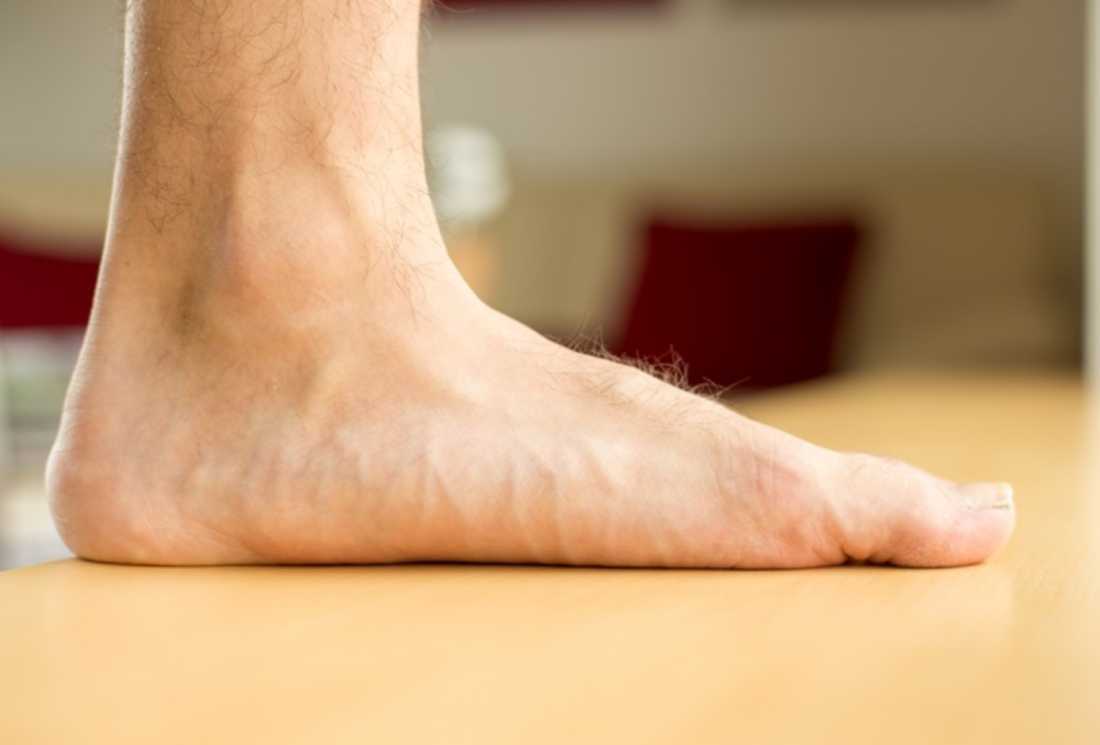Fallen arches can present with mild to severe pain. Mild aching or pain can be effectively treated with Tylenol (acetaminophen) or NSAID’s (non-steroidal anti-inflammatory drugs) such as aspirin or ibuprofen such as advil or motrin.
Treatment for Flexible Flatfoot
If there are no symptoms of pain, the condition does not need treatment.

Children under the age of 3 years who develop symptoms may benefit from shoe inserts that mold to the shape of the foot or corrective shoes. Some doctors may recommend arch supports that can be purchased at retail outlets. These options tend to relieve pain in young children just like more expensive treatments. This is a non-surgical, conservative treatment with the aim of reducing pain by providing the necessary support for the arch of the foot as well as correcting an imbalance of the mechanics of the foot. Orthotics shoes can also have the same effect, visit orthoticshop.com.
Surgery is only considered as an option where conservative treatments are ineffective and pain is severe. You can find a great range of orthotic insoles with Docpods.
Treatments For Rigid Flatfoot
The cause of rigid flatfoot will determine the treatment:
– Congenital Vertical Talus – The conservative treatment is serial casting where the foot is placed in a cast which is changed intermittently to slowly reposition the foot. However, serial casting is rarely successful and surgery is most commonly necessary to correct the condition.
– Tarsal Coalition – Treatment will depend on age, the extent of the bone fusion and how severe the symptoms are. Milder cases in younger patients can be successfully treated with shoe inserts, foot wrapping with supportive straps or a temporary cast to immobilize the foot. Cases where bone fusion is extensive and the patient is experiencing severe pain may require surgery to improve the flexibility of the foot and relieve the associated pain.
– Lateral Subtalar Dislocation – The dislocated bone needs to be moved back into place manually as soon as possible. A physician will attempt to realign the bone without making an incision if no open wound is present. Local or general anesthetic may be administered before this procedure is performed to reduce or eliminate pain and discomfort. A leg cast must be worn for a period of at least 4 weeks to permanently set the joint in place. Between 15% and 20% of patients require surgery to correct the dislocation.
Prognosis
– Flexible Flatfoot – While about 20% of children who have flexible flatfeet will remain flatfooted throughout life, they will not experience pain or other symptoms. If pain does develop, shoe inserts or supports are usually effective at relieving the pain even though this may not correct the underlying problem.
– Congenital Vertical Talus – Surgery can correct the alignment of the bones in the foot successfully. However, in cases where there is an underlying cause, muscles weakness and other issues may limit full recovery.
– Tarsal Coalition – Shoe modifications may be moderately effective. The success of surgery depends on the which bones in the foot are fused, the type of surgery that is performed and whether arthritis is present in the joints of the foot.
– Lateral Subtalar Dislocation – In most cases, a fully recovery can be expected without any long-term consequences or disabilities. In rare cases, stiffness may be present around the arch of the foot but commonly does not result in discomfort or mobility problems. The risk of long-term complications can be further reduced by aggressive physical therapy for at least 3 weeks after the cast has been removed.




